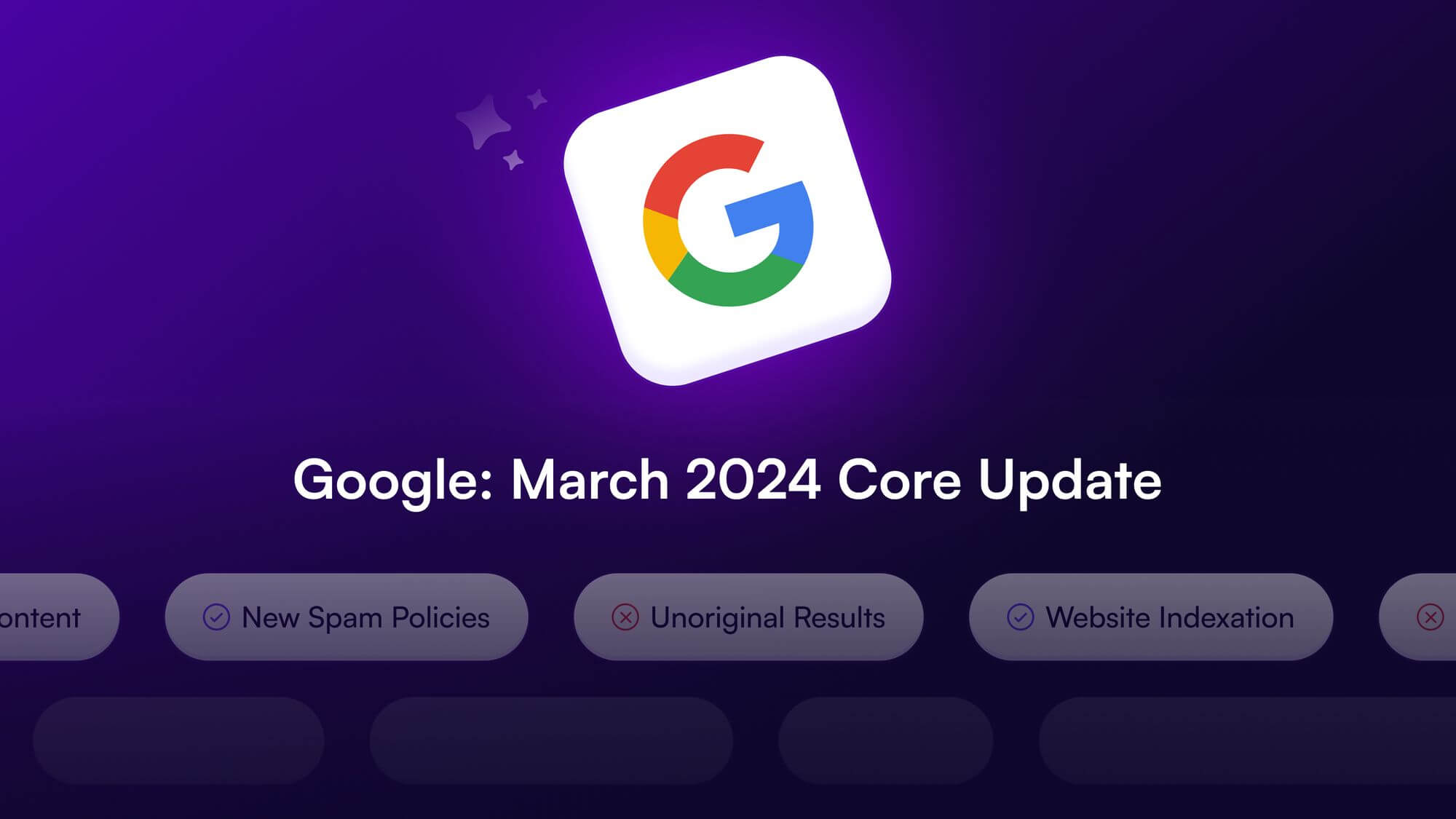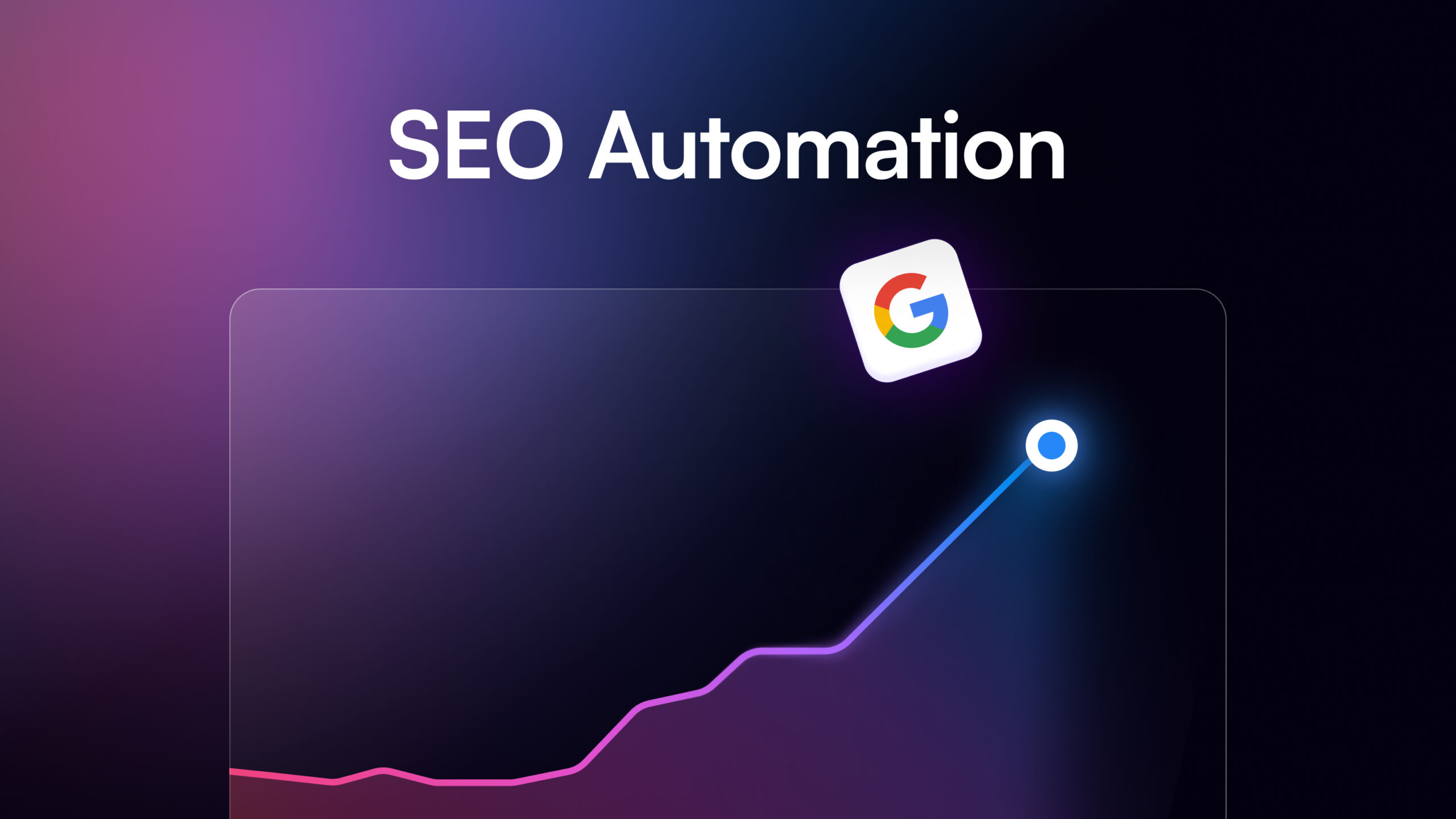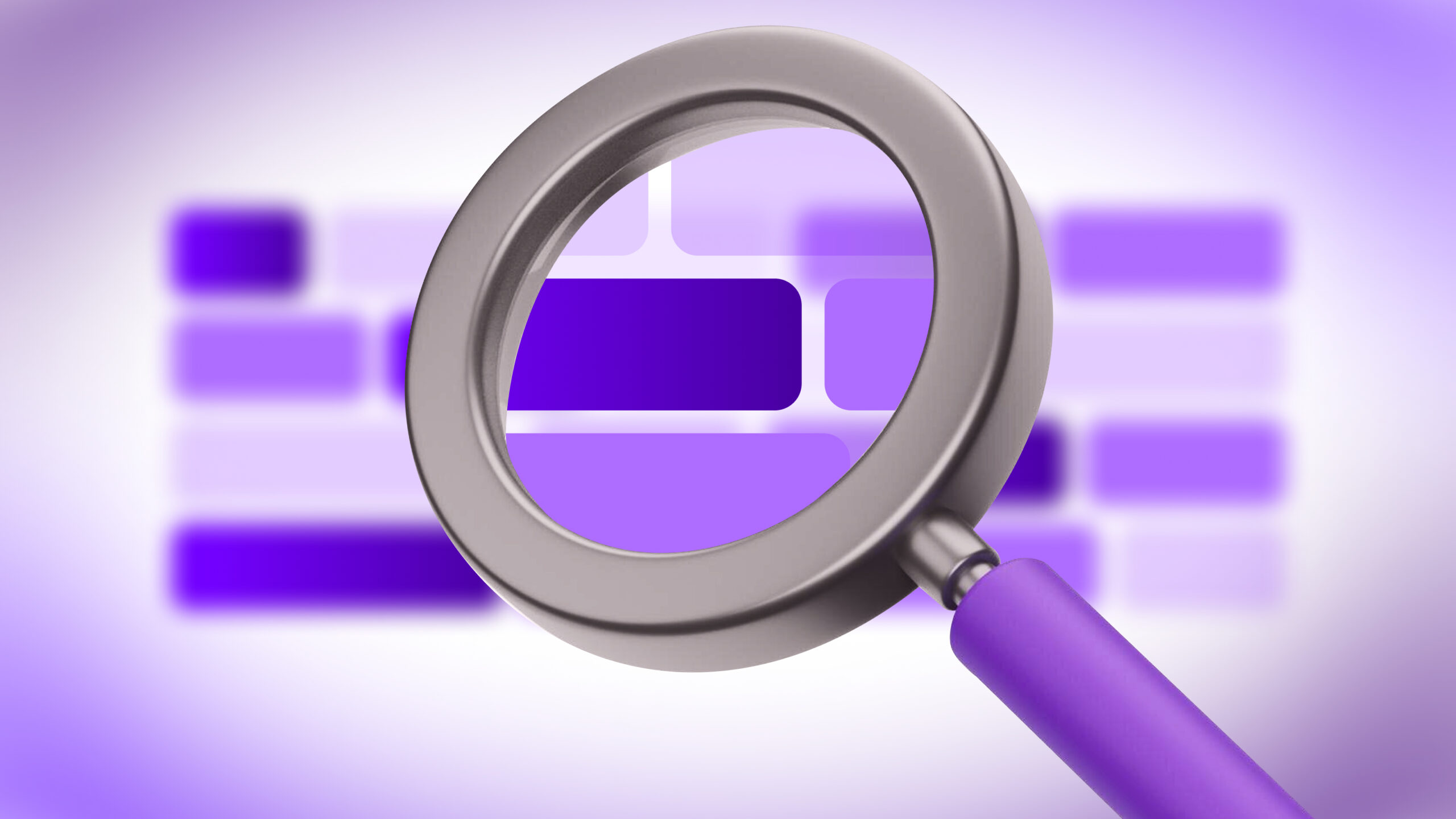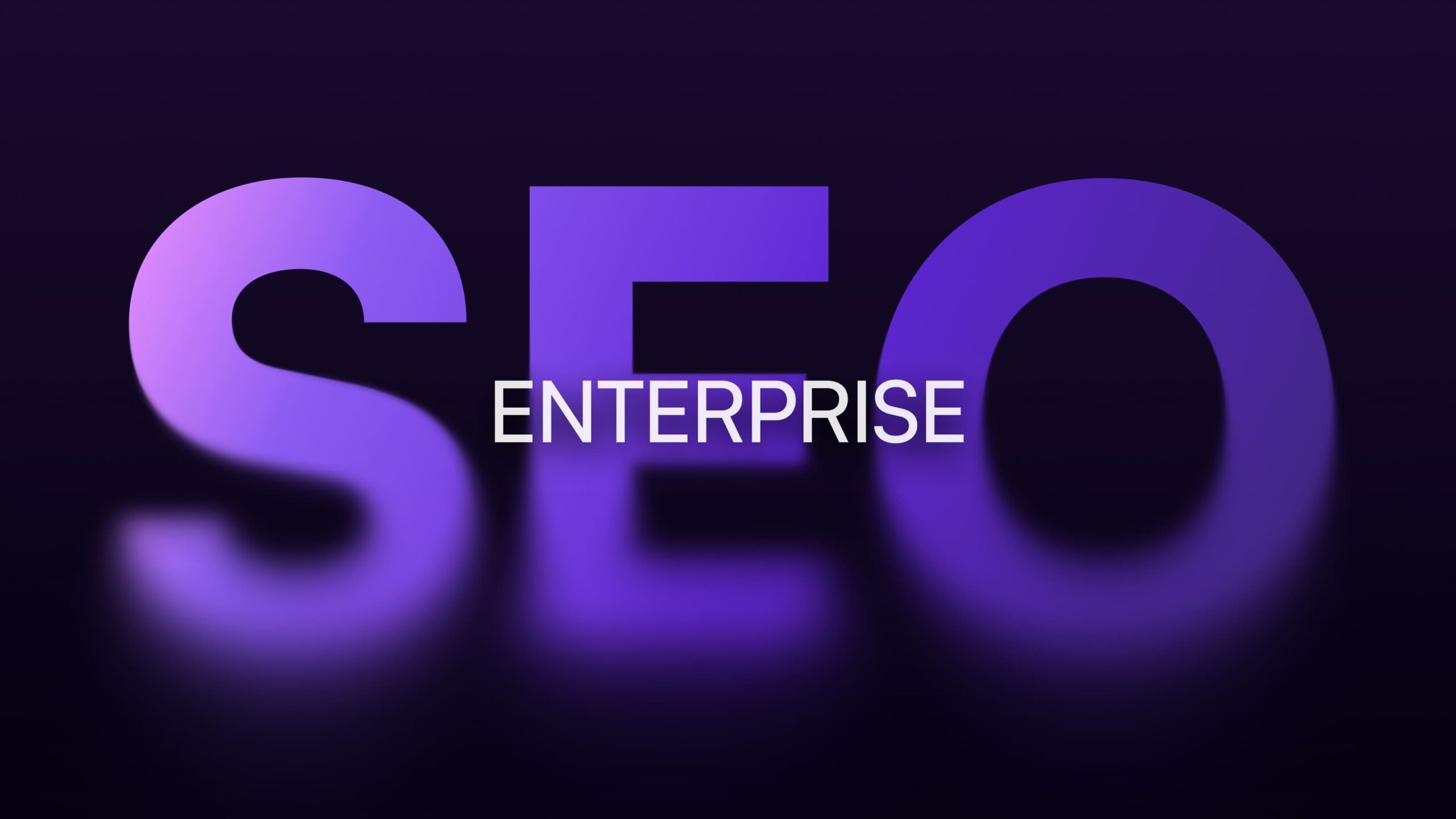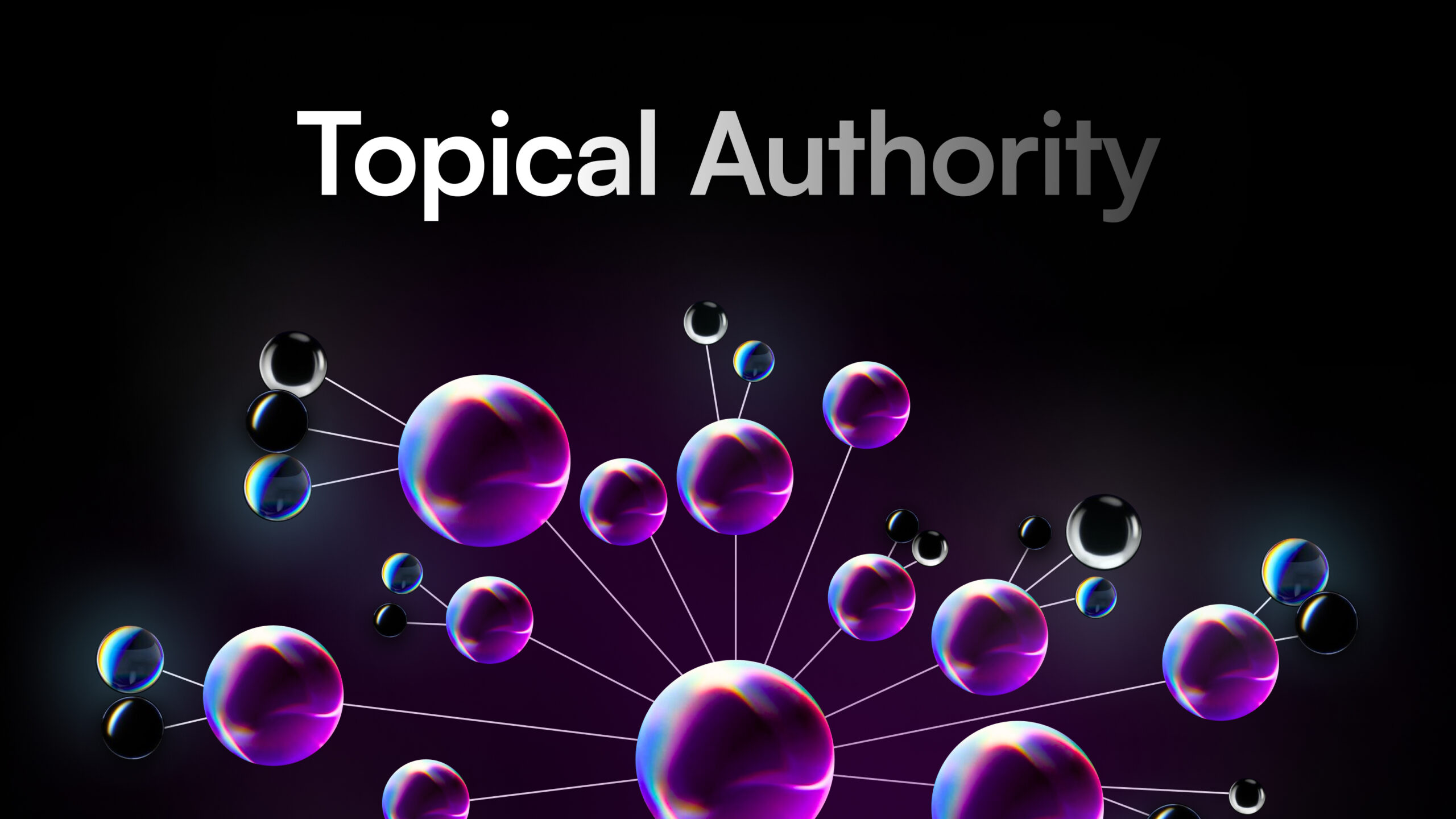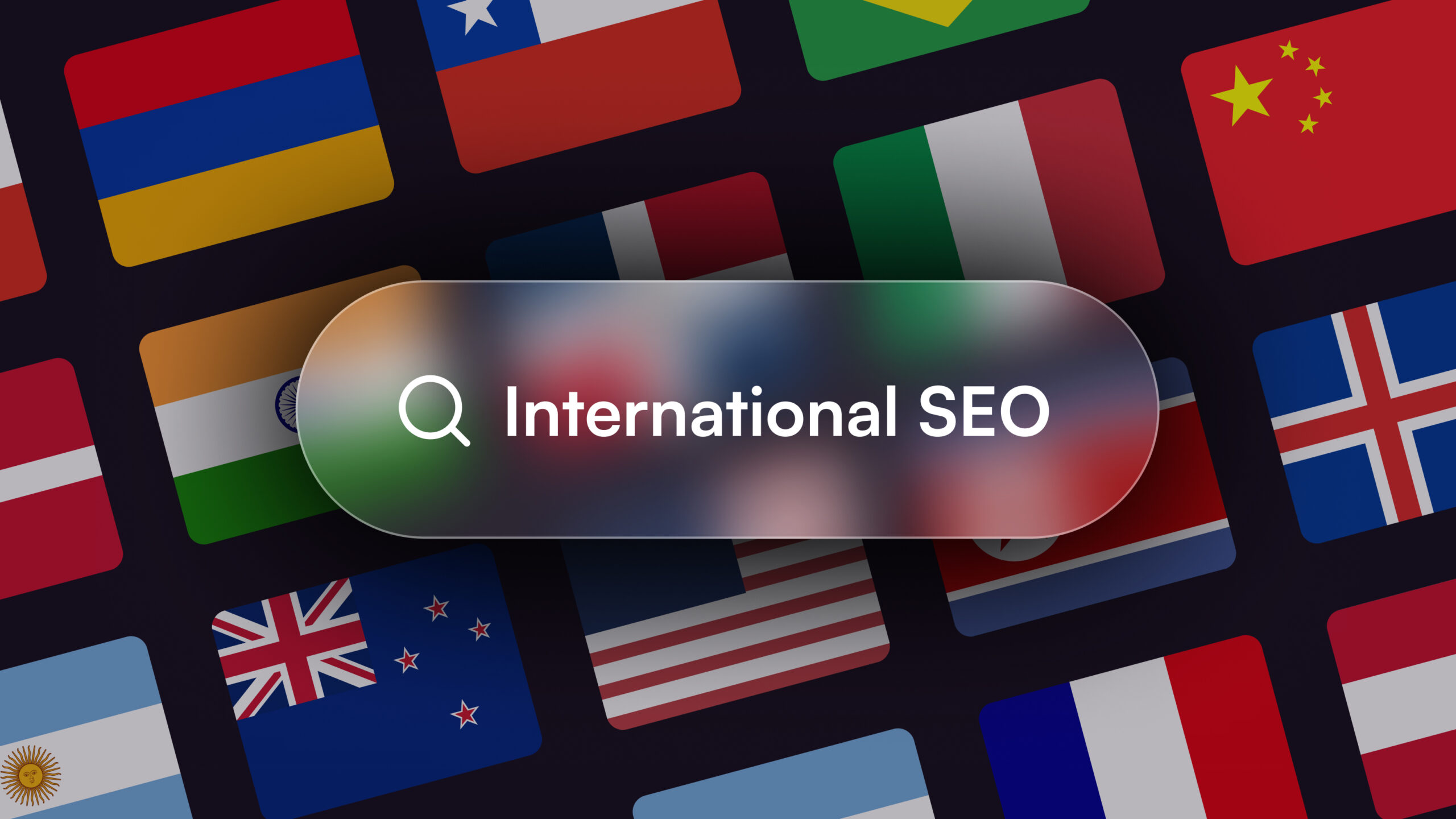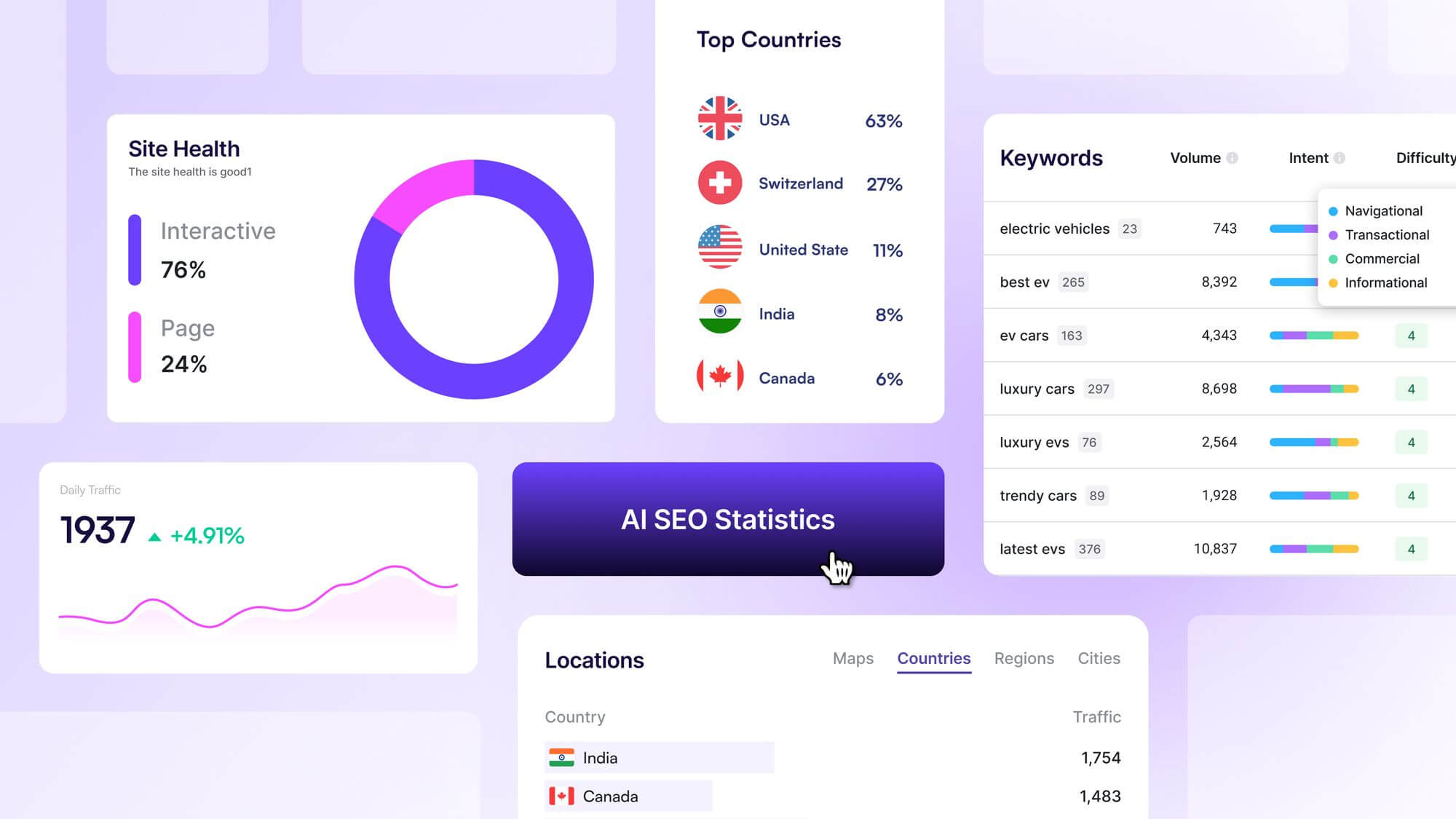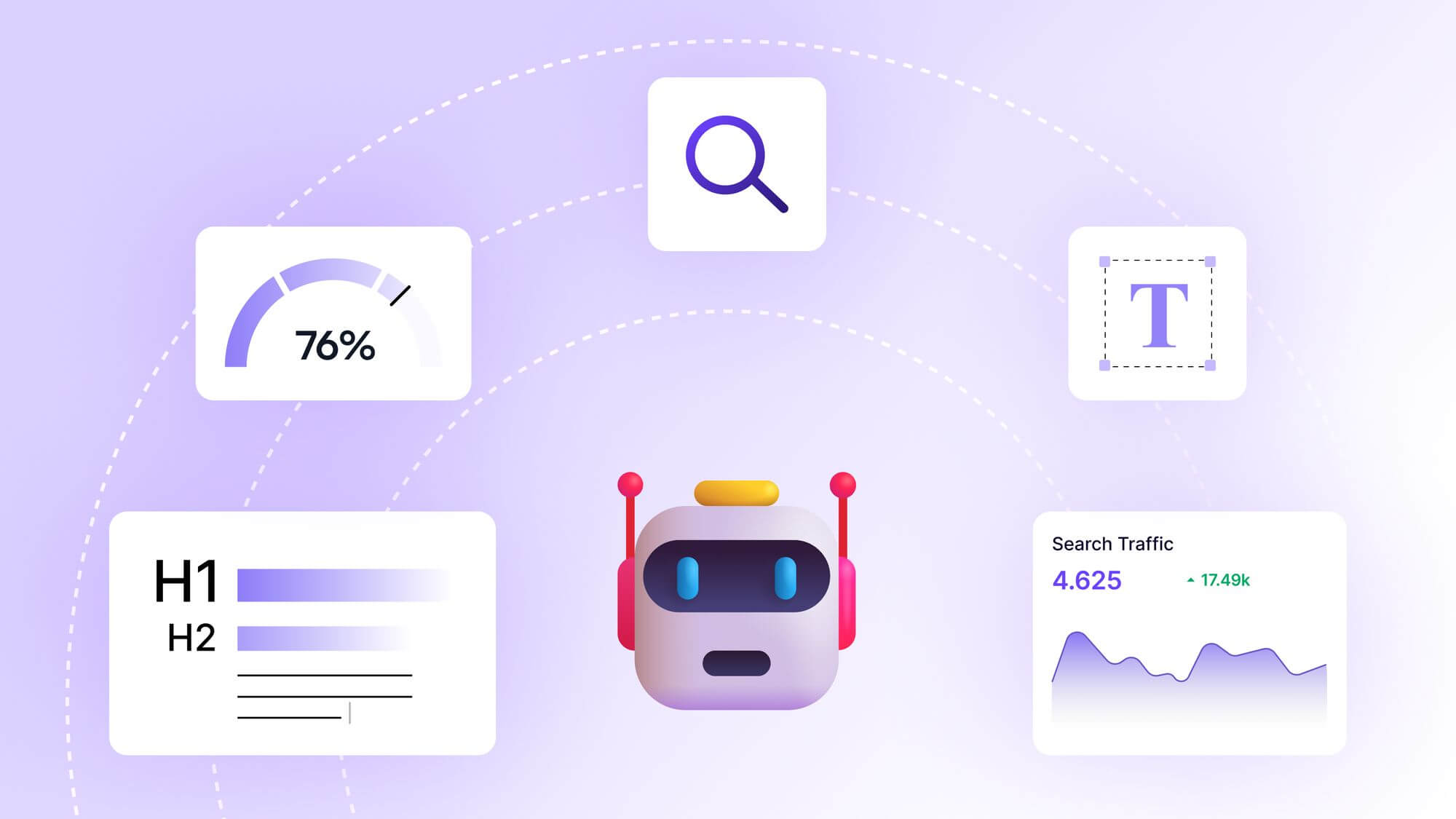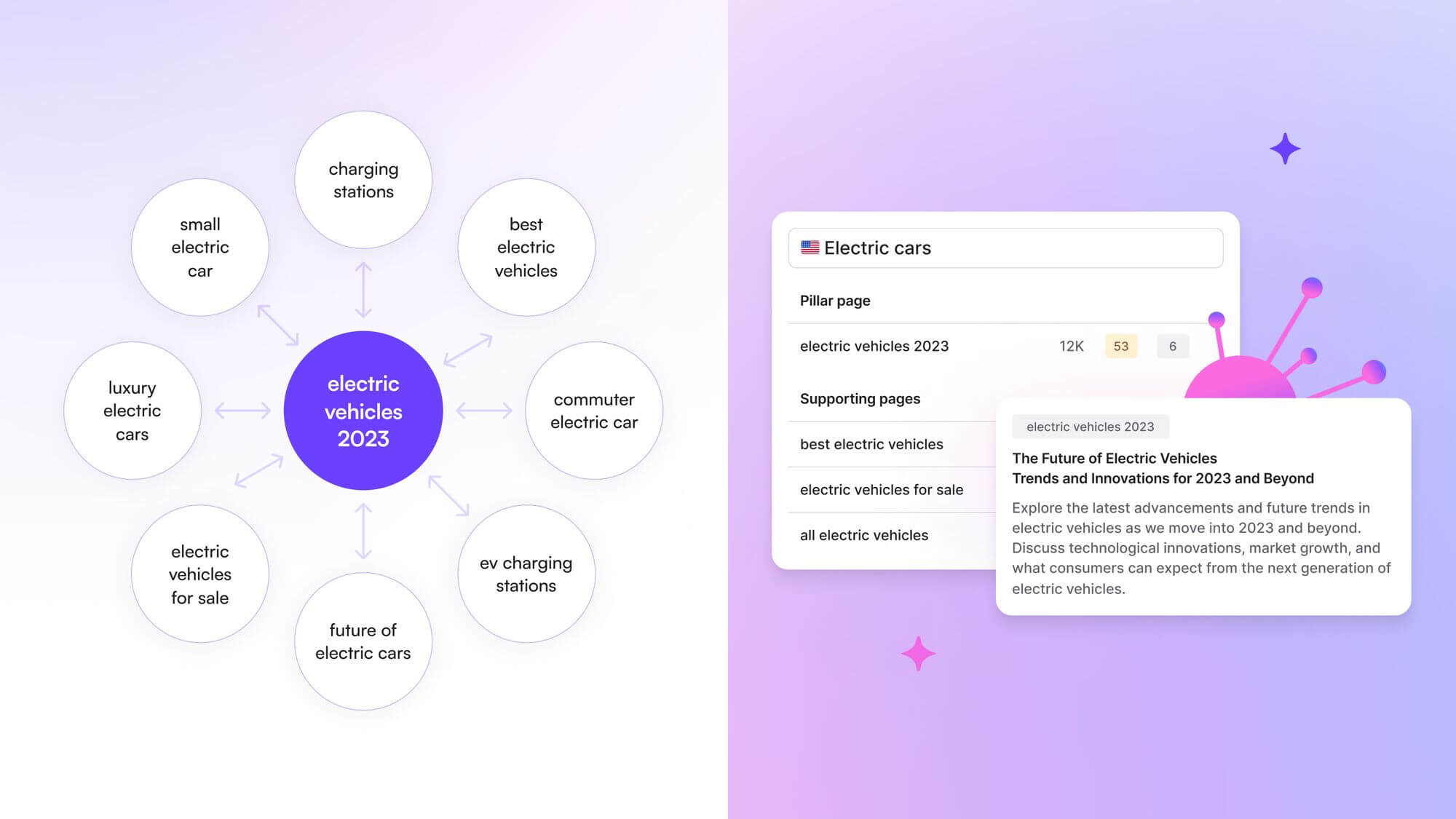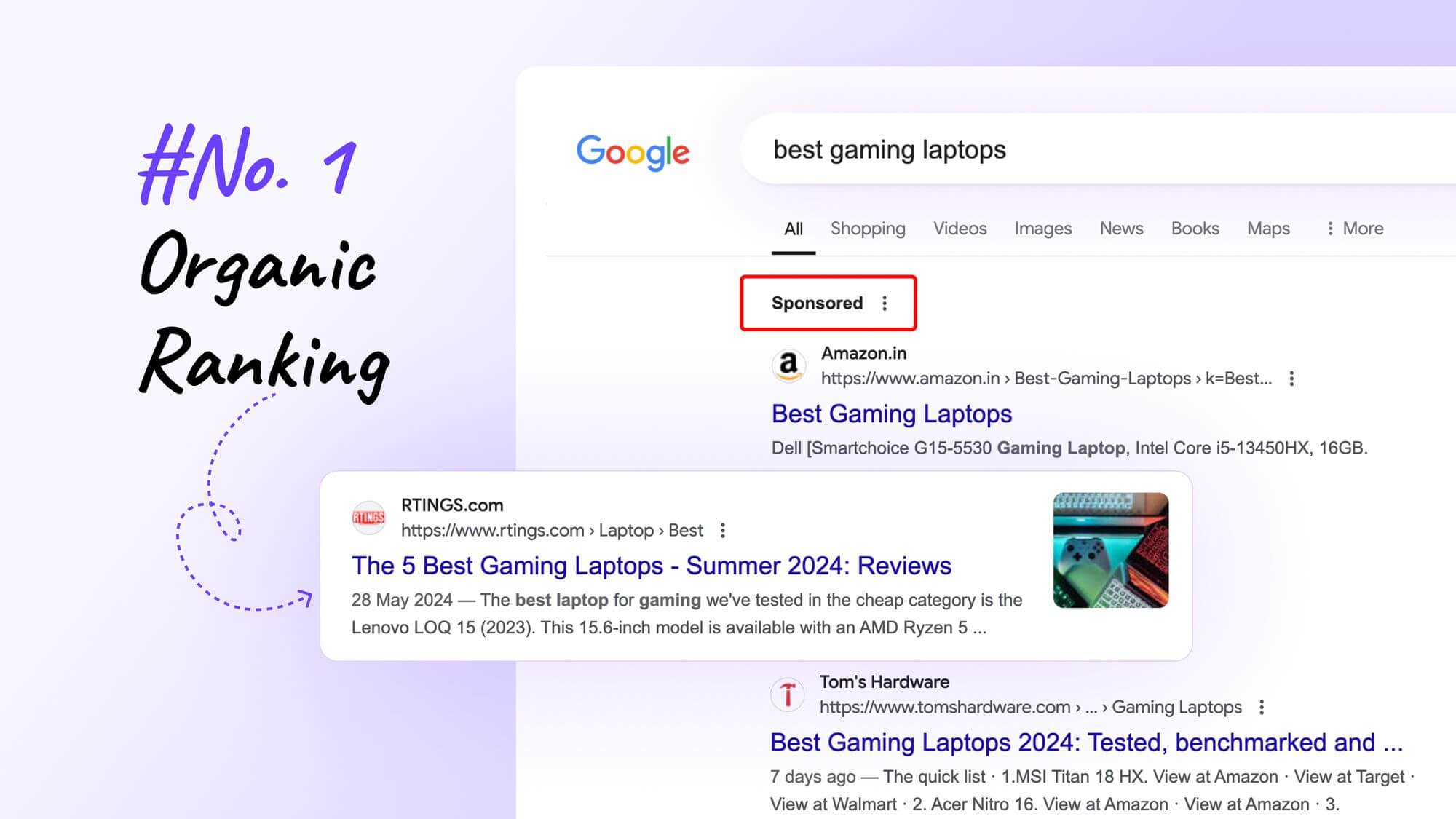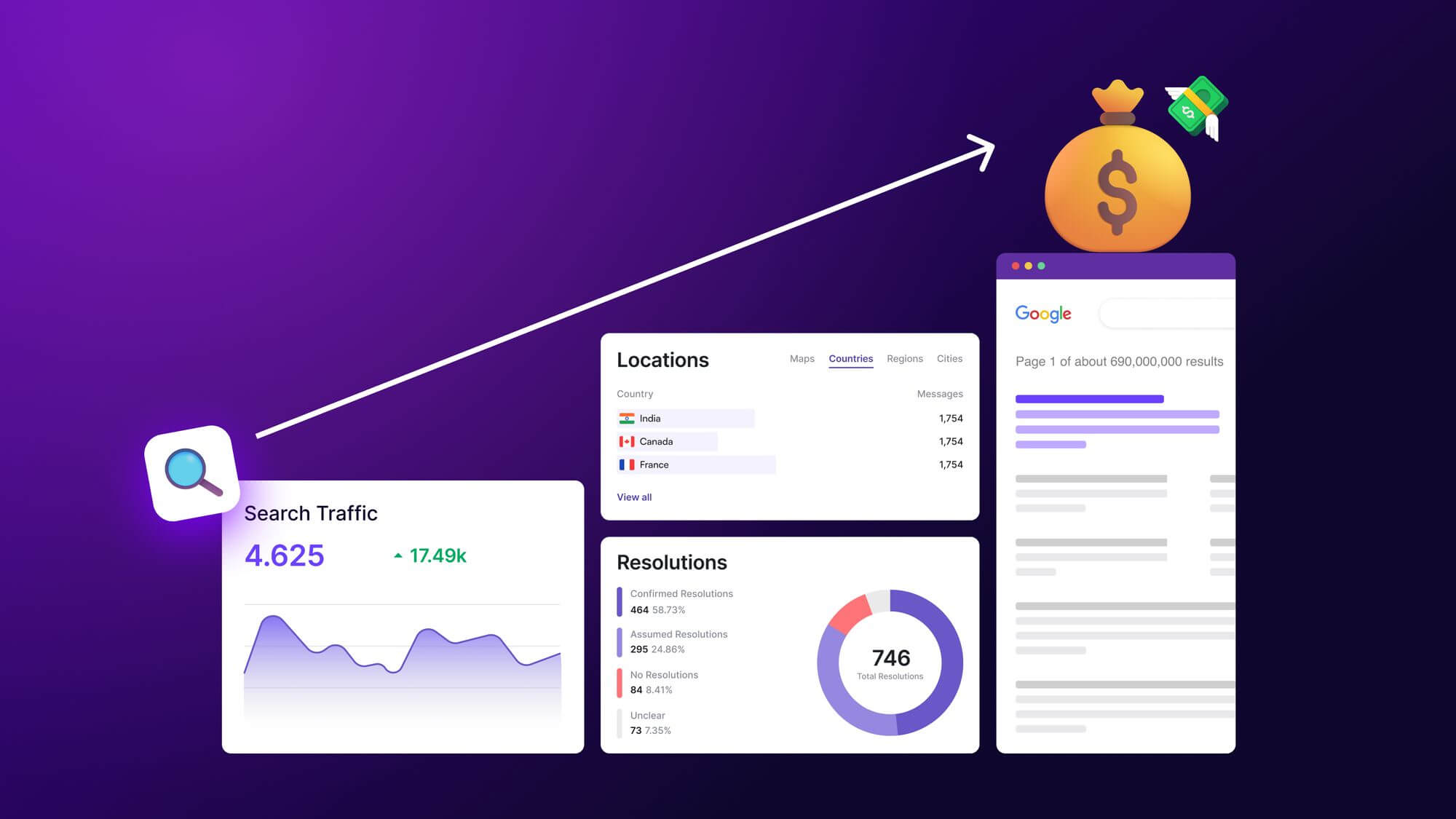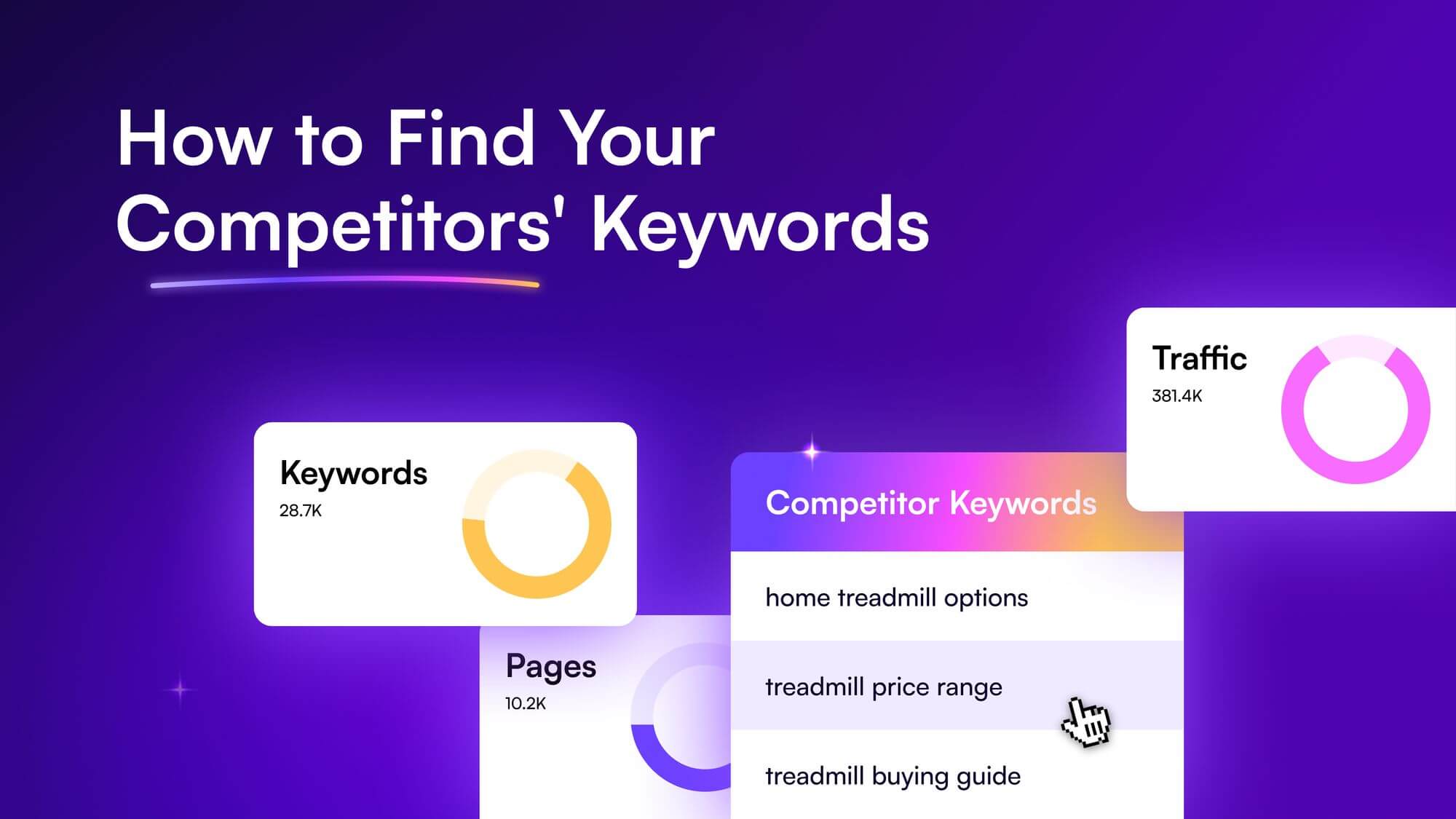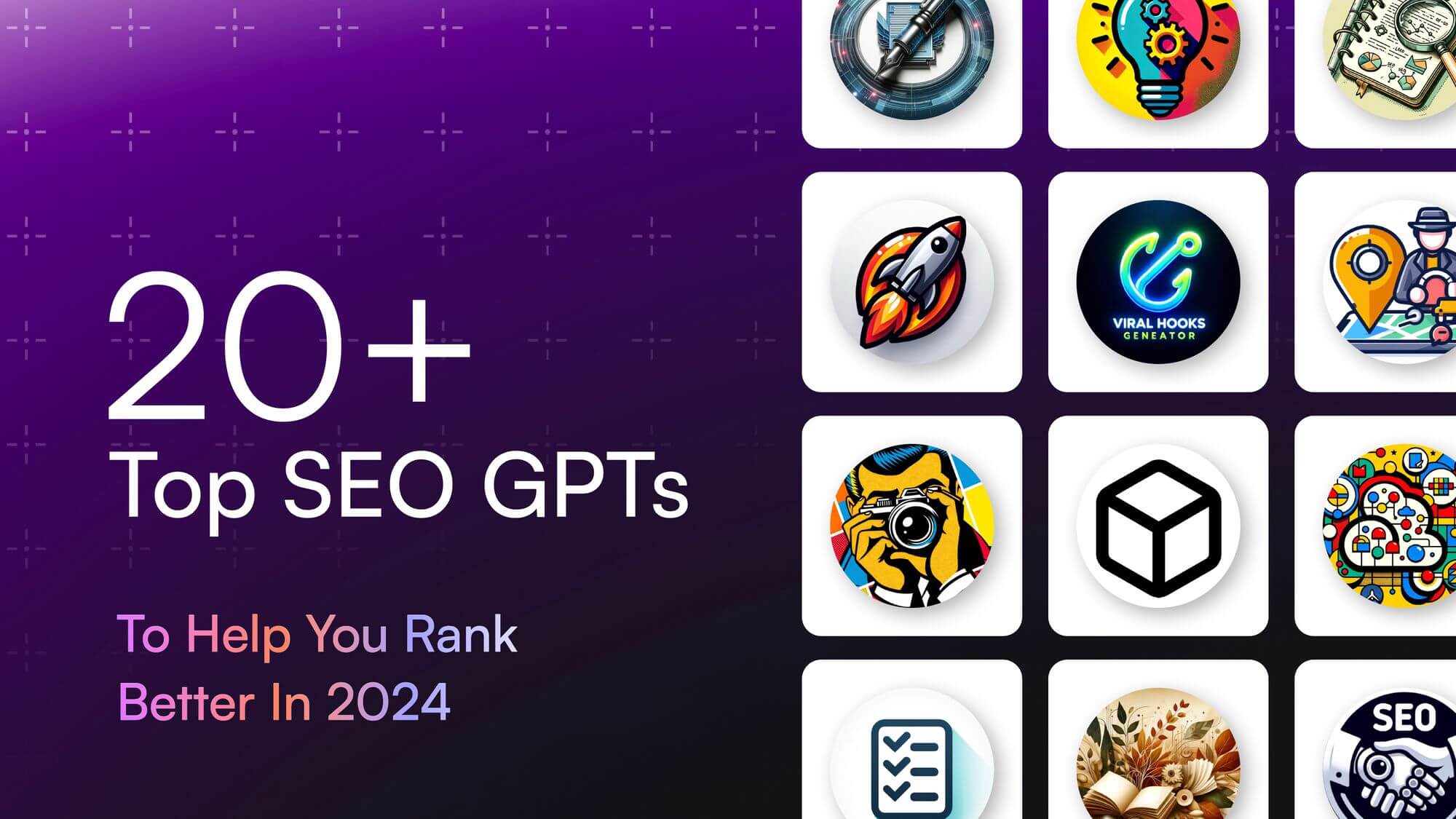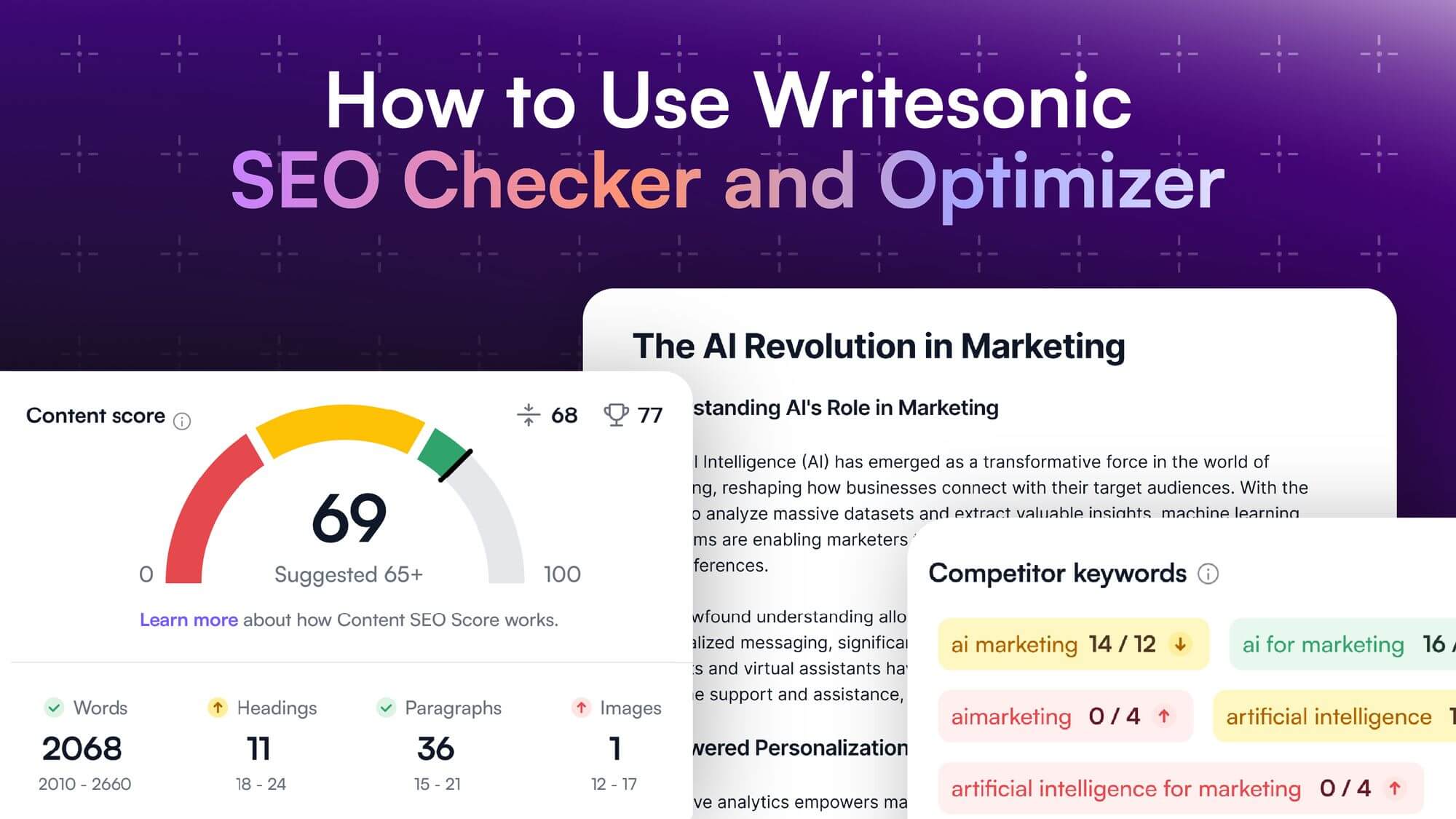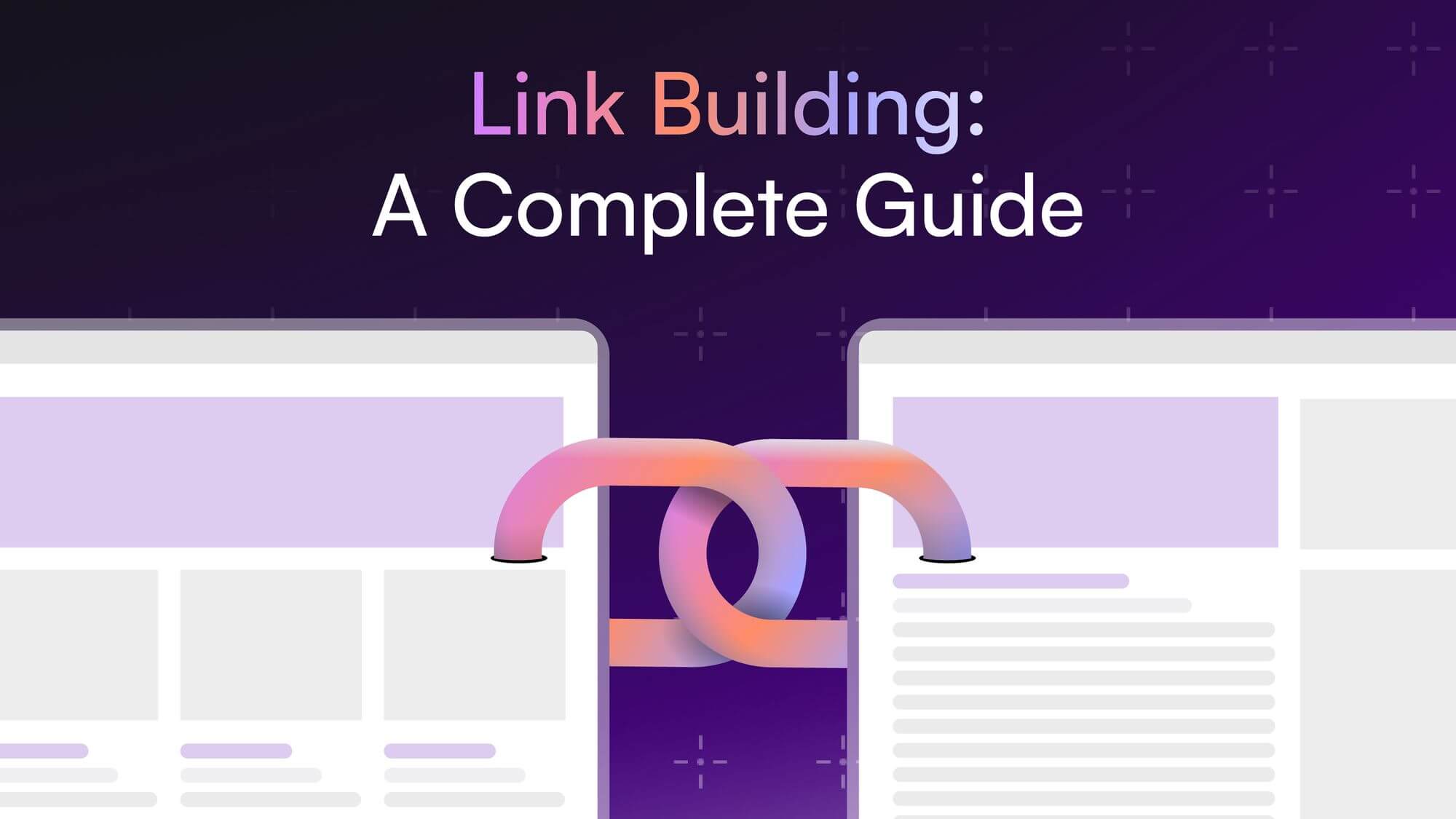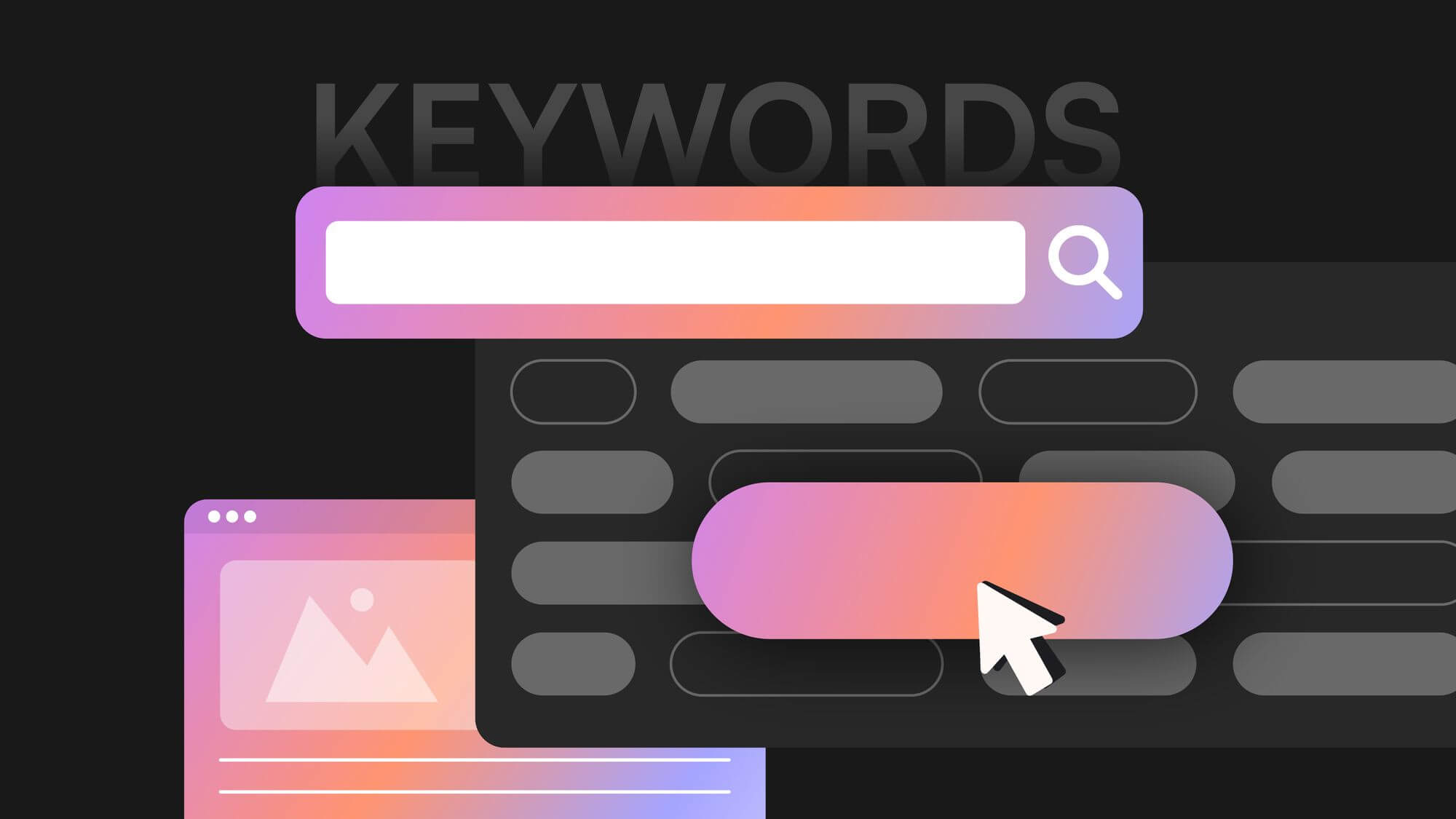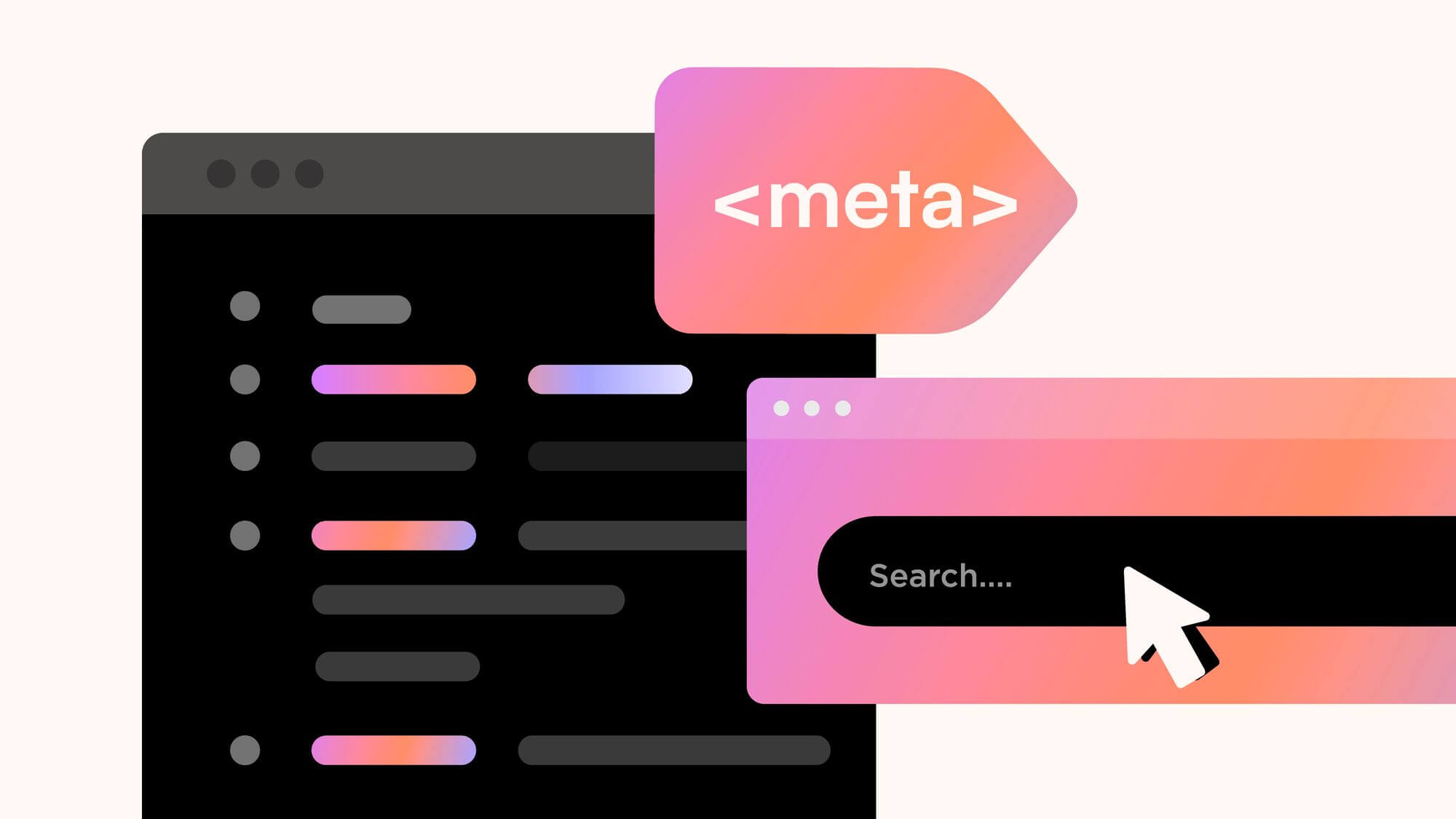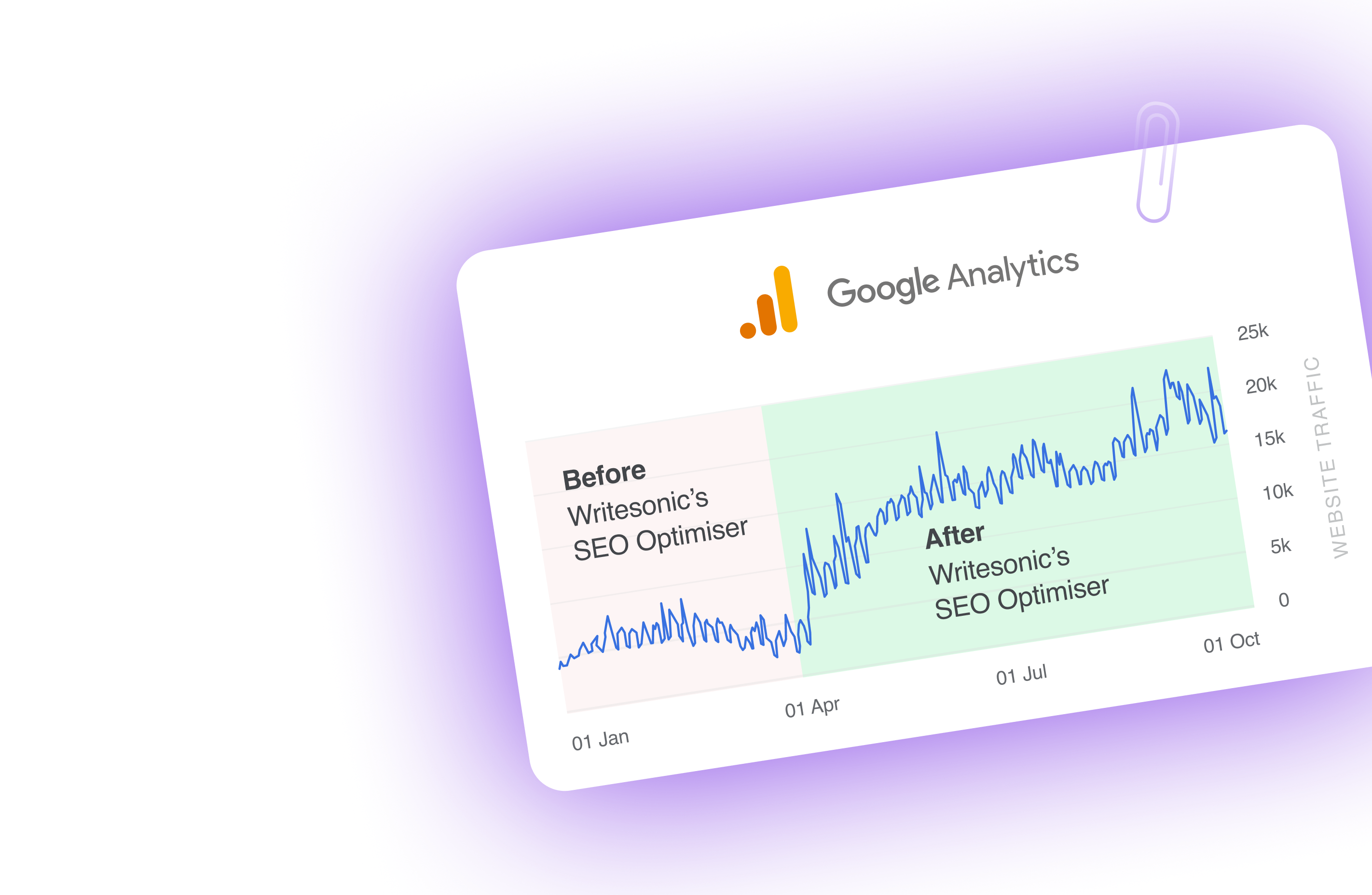Google is out to reduce low-quality and spammy content by a whopping 40%.
The latest Google core update revolves around one thing– quality and relevant content.
And different measures have been put in place to ensure only content that provides value to readers makes it to the search results.
Now, with all the fuss about the latest Google core update, you’d definitely want to know all it’s about.
If that’s the case, stick around as we’ll explain all that Google is out to achieve and how you can be at par with all the requirements.
Here’s all we’ll cover:
- March 2024 core update and its impact on websites
- How content marketers and SEOs can navigate the update
- How AI writing tools can help marketers adhere to Google’s core updates.
Let’s get started
What is the Google Core Update?
Google tries to consistently improve user experience and provide high-quality search results. Because of that, it regularly updates its algorithms to ensure users receive the most valuable, and reliable information when they perform research on the SERPs.
The Google core update targets low-quality, unoriginal, and unhelpful content and aims to provide more useful and relevant content on the SERPs.
In March 2024, Google announced one of its biggest algorithm updates that shook the industry and put websites at risk of being completely deindexed from the SERPs.
It aims to rank useful and relevant information on the SERPs with an emphasis on promoting content created to add value to readers and not just to match search queries.
The Impact of the March 2024 Core Update
According to Google:
“This update involves refining some of our core ranking systems to help us better understand if webpages are unhelpful, have a poor user experience, or feel like they were created for search engines instead of people. This could include sites created primarily to match very specific search queries.”
Charles Floate, an SEO top voice, carried out a LinkedIn poll to determine how the March Google core update has affected websites.
The poll above revealed that only 27.4% of website owners were not affected by the change. But, 11% of websites noticed an increase in traffic, while a whopping 57.7% of website traffic got negatively hit by the March update.
This information confirms that Google is out to take action against:
- unoriginal and generic content,
- poorly researched or thin content
- and spammy content created just to match search queries.
Concurring to this, Elizabeth Tucker, Director of Product Search at Google, says the update aims to reduce unoriginal and poor content in Google’s search results by 40%.
In other words, websites with poorly researched, thin, or duplicated content and those not focusing on user experience stand the risk of being penalized.
Below is a detailed breakdown of the latest Google core update.
Websites are being Deindexed.
A website is deindexed when Google removes it from its search pages. This means it won’t appear on the SERPs as a search result for any query.
According to the March update, this will impact websites that publish irrelevant, spammy, and plagiarized content. The primary aim is to remove websites that engage in shady acts like cloaking (writing texts to appeal only to search engines) or websites that set up pages/links to fool search engines.
Now, here’s where it gets interesting: Google reserves the right to deindex such websites without notifying website owners. This means you can only know when your website is deindexed when you search the SERPs. This move consequently reduces the chances of websites correcting their mistakes or getting their websites indexed.
Beware, Google is out for the kill!
Emphasis on High-Quality Content
Google has always frowned at websites that host poorly written, spammy, and unhelpful content from websites. But now, they are taking action against such websites.
According to Tucker, Google has developed a strict algorithm that will “unfailingly identify websites with low-quality content,” reduce their traffic, and invariably send more traffic to high-quality sites.
Now, what does this mean for AI-enabled content?
According to the latest update, the goal is to promote high-quality, relevant, and helpful content– whether AI-generated or human-written.
Philip Stemann, an SEO consultant who has websites fueled by AI content, has testified that those websites weren’t affected by the latest Google update.
According to him, the traffic in his AI websites wasn’t affected because he did “content creation right.” He also reinforced that AI content usually serves as first drafts and should then be revised manually to create quality content “if you want to experience long-term traffic gains.”
Overall, Google is not going after AI content but unhelpful content.
The aim is to clean up its search results from poorly researched, irrelevant, generic, and unoriginal content, whether it’s created by AI, written by humans, or both.
So, AI isn’t the problem; poor-quality content created solely to manipulate the SERPs is the problem.
Introduction of New Spam Policies.
Ever come across a blog article with a meta title that lured you in with promises to answer the exact question you asked? But you bounce off with disappointment when you discover you’ve just read a post that’s almost the opposite of what you expected. You leave the site and continue with your search hoping to find the right information or answer to your query.
Or, think about reputable websites that publish great content, but link websites with poorly written content. Most times when you follow any of their embedded links, you’ll find yourself on a third-party website with very poor content and website structure in general.
Well, Google is out to penalize those websites with their new spam policies.
Tucker confirmed that Google prevents low-quality content from ranking on search, but they somehow wiggle their way up there because of do-follow links from reputable websites. To curb this, Google has introduced new spam policies to penalize reputable websites that redirect web visitors to websites that publish low-quality content.
“We’ll now consider very low-value, third-party content produced primarily for ranking purposes and without close oversight of a website owner to be spam,” she confirmed.
This is because, most of the time, when expired domains are bought and repurposed, they are used to create spammy content. This is because expired domains have an already established presence and sometimes they also have an active audience (or subscribers) that regularly visits the site. This makes it useful to send spammy links and content without having to grow an audience from the beginning.
Popular Websites hit by the Google Core Update.
Not many popular websites publish low-quality content, but many of them are guilty of interlinking to a low-quality website to get paid for backlinks.
This makes one curious to know which of the esteemed websites has been hit by Google’s core update.
Lilly Ray, an SEO expert, carried out research that revealed that companies like Amazon, YouTube, Facebook, and others are winning big and increasing their visibility index after the update. Meanwhile, Wikipedia, Reddit, IMDB, and other popular online communities are feeling the heat and losing their visibility.
Furthermore, random domains like Goo.gl, freemp3.tube, bulimia.com, and maguirecars.co experienced a 999% percentage increase in their visibility. In contrast, domains like a-z-animals.com, nccourts.gov, xnxx.com, and others were hit by the latest update and suffered a significant decline in their visibility.
What’s the Timeline for the Update, and How Long Does it Take to Recover from its Impact?
Google’s spam update took roughly about 15 days to complete, but the core update is still rolling out.
So, while some core updates are being implemented and have immediate effect following the announcement, websites still have a period of two months to ensure they adhere to the new policy.
Google emphasizes the need for websites to adapt to these changes promptly to maintain or boost their rankings on the search results.
And if a website is impacted negatively, the recovery period varies depending on the reason for the effect. In some cases, websites may start to recover within a few weeks after a core update, while others may take several months or more. It’s important to monitor your website’s performance, continue to make improvements, and adapt to changing search engine algorithms.
How can Content Marketers Navigate this Update?
Website Impact Assessment
Unfortunately, you may not receive any notifications from Google if your website is affected by any algorithmic update. Content marketers need to manually check to see if their site was impacted.
To check if your website has been deindexed, type “site:website.com” into Google search. If it appears in search results, then you’re still in Google’s index. On the flip side, if your website page doesn’t appear, it probably means you’ve been deindexed. If the latter is the case, then you need to pay attention to the next bullet point.
In addition to Google operators, you can use other methods to check for any significant decline in website traffic. With tools like Ahrefs, Semrush, or Google Analytics you can constantly monitor your website’s performance.
Content Strategy Adjustment
Google wants to improve the overall quality of its search results, and it aims to achieve this by making sure that websites provide valuable content for web visitors. Any company that does this right gets a seat at the table– that is, google’s first page.
Now that Google has raised the ranking bar, content marketers have to go back to the drawing board.
Start by looking through your current content strategy – look out for areas that need improvement, remove irrelevant topics, and focus on the needs of your readers.
Overall, your content strategy should be more about satisfying your readers than making money through SEO means. Focus on how you can effectively answer their queries with detailed and value-packed content.
Before pushing out any content, ask yourself questions like:
- How does this add value to readers?
- Does your content provide accurate information and answer the questions you want it to rank for?
- And is the content as detailed and valuable as it should be?
Avoid Spam Content & Links.
Spammy content misleads web visitors and undermines the credibility of a website. With the new update, websites that engage with spammy content (whether by creating or hosting them) risk losing their ranking or even being deindexed from the search results.
As a result, content marketers need to be clear of any form of spam.
To avoid falling into the trap of spammy content and links, you should make sure to only link to credible and relevant sources. Also, avoid keyword stuffing, content spinning, or any other practice that’s solely to manipulate the search algorithms.
Key Takeaways from the March Google Core Update for SEO and Content Marketers
- Google frowns at unoriginal, generic, and poorly researched content.
- Websites with spam content created just to match search queries are at risk of getting deindexed.
- Google aims to rank high-quality, relevant content either by humans or AI.
How Article Writer 6.0 (AW6) can help Content Marketers Adhere to Google’s core updates
Writesonic’s Article Writer 6.0 is a writing tool that can help you scale your content processes while maintaining content quality. It’s a cost-effective method for creating high-quality content that’s tailored to provide value for your readers.
The tool is highly trained by content experts to create insightful content that’ll be valuable to your readers.
Unlike other AI tools that generate spammy, repetitive, and outdated content that offers zero value for readers, AW 6 keeps track of all its sources and also provides references for any piece it generates. This way, you can verify the credibility of every content you create.
In addition, it doesn’t just produce content but verifies and cites every piece of information it finds and uses on the web. Not only does it create quality and relevant content, but it also uses the power of AI to scout the web for the latest information on the topic.
It’s obvious Google is looking to rid the search pages of all unhelpful content, whether by AI, humans, or even both.
So, AI-generated content will still perform well on the SERPs once they are value-packed and helpful to readers.
And article Writer 6.0 can help you achieve this.
With Writeonic’s article Writer 6.0, you can be sure to provide value for your readers.
Sign up for the tool to meet the “helpful content” mark by creating user-focused content that’s in line with the latest Google core update.
Frequently Asked Questions (FAQs)
How do I adapt to Google’s helpful content and core updates?
Google wants to show only the content that’s beneficial to its users. And to adapt to this new update, you need to create content that’s focused on your audience’s search intent. This means any content you create should be useful to users.
What is Google’s helpful content update?
The Google core update revolves around creating content that’s helpful to users. It’s a search quality enhancement that aims to improve the content quality that appears on the search results.
The company plans to reduce unhelpful content on the SERPs by 40%.
What role will generative AI play in shaping the future of content production?
AI tools like Writesonic have undoubtedly impacted content creation in no little way. Not only does it help with efficient and cost-effective content creation, but helps companies improve their SEO efforts.
While there are lots of controversies on the use of AI tools, it’s obvious the future of content creation is interwoven with the advancements in AI.
What potential benefits does generative AI offer for SEO optimization?
AI can help you boost your SEO in many ways. It can help in generating value-packed, relevant content at scale, and improve your ranking on the search engine pages.
Also, creative AI tools like Writesonic offer optimizer tools and SEO checkers to help create content that is tailored to target specific keywords and search intent.
This can help your websites rank higher in search results.
What is the Google algorithm update 2024?
Google’s March 2024 Core Update revolves around algorithm changes to improve the information of the search results and address spammy practices. The update aims to remove low-quality, irrelevant, and unoriginal content in search results. This means a website’s content can be removed if it’s hit by the Google core update.

